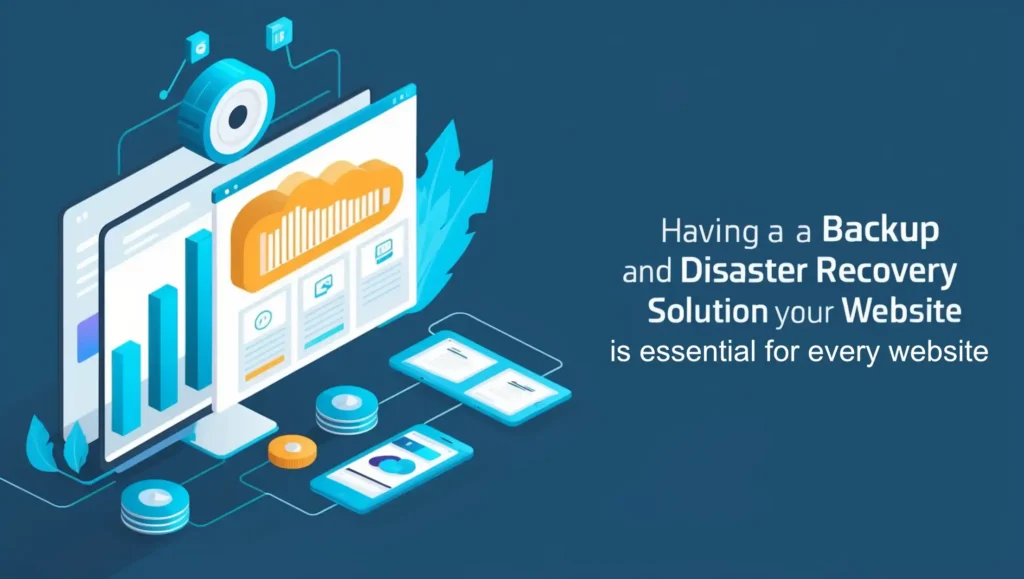Fast Track to Better Hosting: What You Need to Know
Better hosting and understanding the key metrics is vital to having a fast website. To make sure your site runs well, you need to know about web hosting performance. Let’s look at some key things to watch.
Important Numbers to Check
There are four main things to keep an eye on if you want to succeed on the Fast Track to Better Hosting:
1. Uptime: How often your site is working
2. Load time: How fast your site shows up
3. Server speed: How quick your server responds
4. Bandwidth use: How much data your site uses
For better hosting, check these often to catch any problems early.
Uptime
Uptime means how much of the time your site is up and running. You want this to be as high as possible. Good hosting companies aim for 99.9% uptime or more.
Check out these tools:
Load Time
Load time is how fast your site appears on someone’s screen. Faster is better! Try to get your site to load in less than three seconds. This keeps people happy and helps your site rank better in searches.
Check out these tools:
Bandwidth Use
Bandwidth is how much data moves between your site and the people who visit it. Keep track of this so you don’t use too much. Make sure your hosting plan gives you enough bandwidth for all your visitors.
Looking at Traffic

It’s smart to look at how people use your site. Tools like Google Analytics can show you a lot about your visitors. Use this info to make your site better and faster.
Making Your Server Faster
Your server’s speed is really important. Here are some ways to make it faster:
1. Use a CDN: This spreads your content around the world so it loads faster for everyone.
2. Use caching: This saves parts of your site so they load quicker next time.
3. Get better hardware: Faster computers can make your site speedier.
4. Clean up your code: Simpler code runs faster.

GZIP Compression
GZIP is a cool trick to make your site faster. It squishes your files to make them smaller. This means they download faster. Most modern web browsers can use GZIP.
To use GZIP:
1. Turn it on in your server settings.
2. Use it for text files like HTML, CSS, and JavaScript.
3. Don’t use it for pictures – they’re already compressed.
After you set it up, check to make sure it’s working right.
Taking Care of Your Database
A good database helps your site run smoothly. Here’s how to keep it in top shape:
1. Clean it regularly: Remove old stuff you don’t need.
2. Use indexes: This helps find information faster.
3. Write better queries: This means asking for info in smarter ways.
4. Use caching: Save common info so you don’t have to look it up every time.
If your site gets bigger, you might need to upgrade your database setup.
Backing Up Your Site

On the Fast Track to Better Hosting, it’s super important to have backups of your site. This keeps your info safe if something goes wrong. Here are some tips:
1. Set up automatic backups: This way, you don’t forget.
2. Use incremental backups: This saves time and space.
3. Try cloud backups: They’re safe and easy to use.
4. Test your backups: Make sure they actually work!
5. Have a plan: Know what to do if your site crashes.
Green Hosting
More people care about the environment now. You can choose hosting that’s better for the planet. Look for:
1. Hosts that use clean energy like solar or wind power
2. Servers that use less electricity
3. Companies that plant trees or do other good things for the earth
4. Hosts that use smart tech to save energy
5. Places that recycle old computers properly
Wrap-Up
So, if you wish to succeed and get on the Fast Track to Better Hosting, implement the above steps. Taking care of these things will help your site run great. Keep learning about new ways to make your site better. With some work, you can have a fast, reliable site that’s good for the earth too!
Here are some hosting companies to consider:





